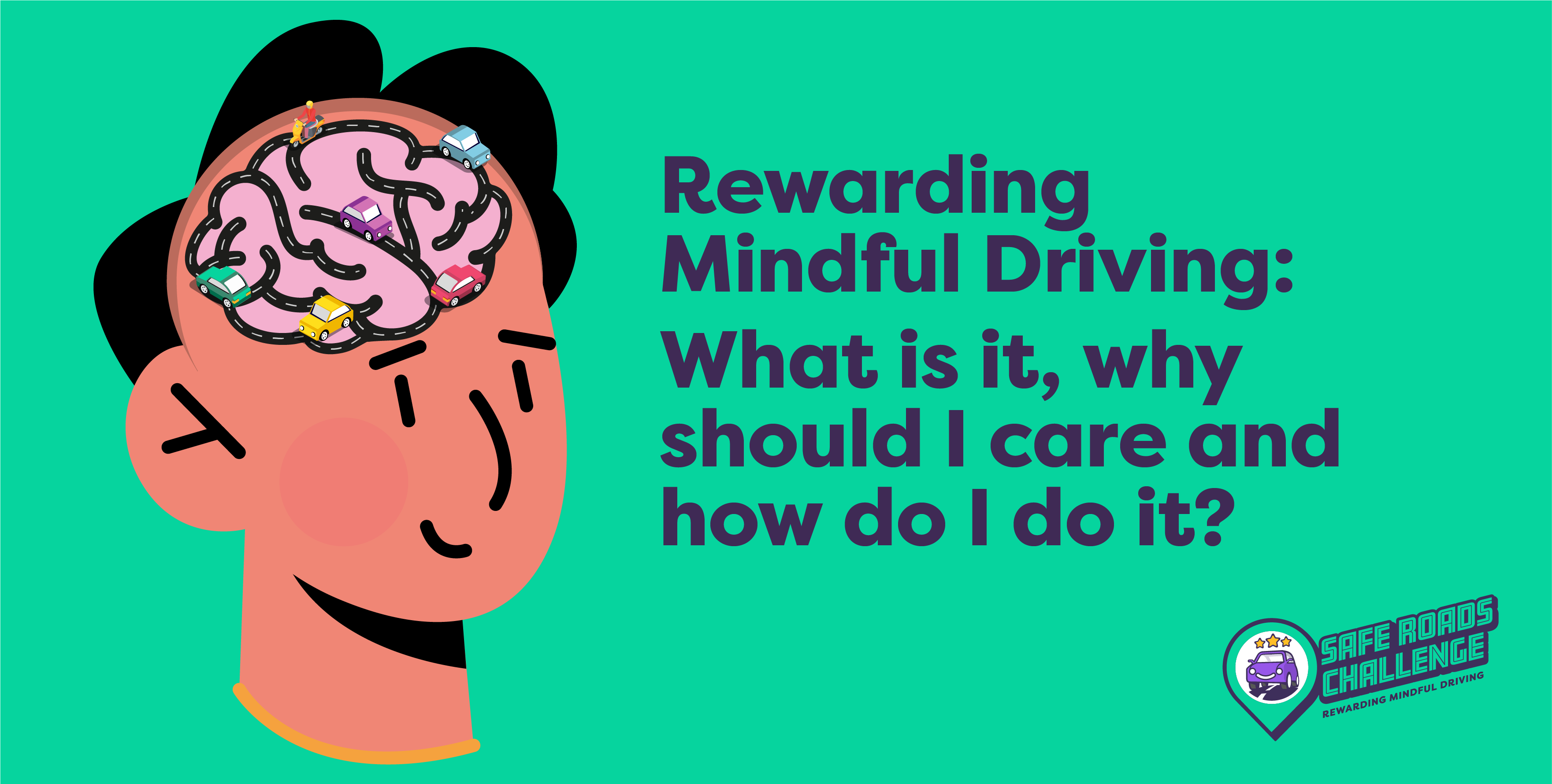
1711488650000
REWARDING MINDFUL DRIVING: WHAT IS IT, WHY SHOULD I CARE AND HOW DO I DO IT?
Mindful Driving… sounds a bit, you know, lame, doesn’t it? Maybe it brings to mind an old lady called Beryl pootling along in her beloved little Dacia at 20 mph in a 40 zone, completely oblivious to the huge line of irritated BMWs and Audis stretching out behind her? Or perhaps it makes you think of lighting some incense, getting in the lotus position and chanting “Ommm” whenever you’re at a red light? Fortunately it’s neither of those, and we certainly wouldn’t recommend that kind of thing anyway. It is, in fact, far more interesting than you might think. With 1.3 million new drivers hitting the UK’s roads each year*, the number of casualties from road traffic collisions remaining unacceptably high and insurance premiums going through the roof, we believe it could prove to be one of the most important ideas in the area of road safety for decades. So, what exactly is it? Here at the Safe Roads Challenge, we define Rewarding Mindful Driving as... Being completely calm, in the moment and focused on your driving (or riding) whenever you're behind the wheel (or on your motorbike), enabling you to predict and react safely to any unexpected events. This safer driving approach not only makes the driver feel far more positive about their experiences on the road, but also provides personal financial and wider community benefits. It sounds easy, but it requires practice, commitment and incentives for it to become habit. The benefits definitely make the effort worth it… You’ll have fewer accidents and near misses, and avoid all the emotional and physical harm that often entails. There’ll be more money in your pocket: you’ll use less fuel, wear and tear on your vehicle will decrease and fewer incidents mean a lower insurance premium.You’ll arrive at your destination far less flustered and grumpy with whoever cut you up at that roundabout. You might even start looking forward to road journeys and enjoy the driving experience as you do it. Imagine that, right?! Plus, if you’re signed up to and using the Safe Roads Challenge app, you’ll be getting rewarded with money off stuff you actually want just for driving more mindfully. No brainer.
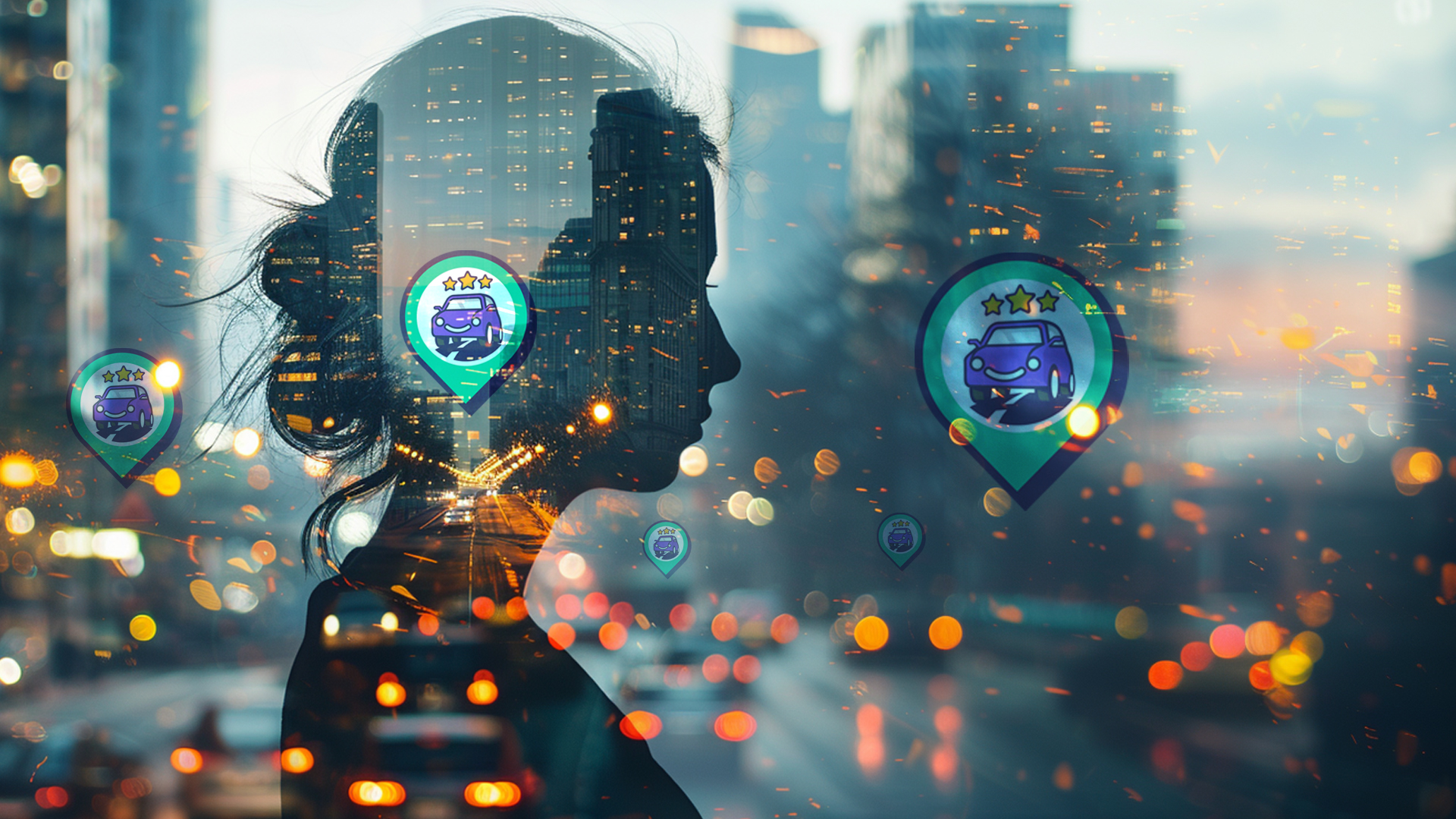
1709820160000
Unlocking Behavioural Common Sense: The Safe Roads Challenge
Written by: Michael Miley, CEO and Head of Strategy at The Creative LabReading time: 2 minutes In today's world, we often hear about the power of behavioural science, with promises of ground breaking insights into human behaviour. But what if, at its core, it's just about tapping into something we already possess: good old-fashioned common sense? This notion is particularly pertinent when considering initiatives like the Safe Roads Challenge. At first glance, the concept of mindful driving seems like common sense. After all, driving can be risky, and it's only logical to stay alert. Yet, despite this apparent understanding, the reality on the roads tells a different story. The statistics around road traffic collisions in the UK paint a grim picture, highlighting a glaring gap between awareness and action.The consequences of reckless driving extend far beyond the individual involved. With an annual UK medical and emergency services bill of £13.5 billion attributed to road traffic collisions, the strain on resources is palpable. Imagine the relief a mere 10% reduction in this expenditure could bring to our overburdened healthcare system. It's a clear example of behavioural common sense – prioritising safety not just for ourselves but for the collective welfare of society.Enter the Safe Roads Challenge, a beacon of hope amidst the chaos of reckless driving. At its core lies a simple yet powerful mantra: "Rewarding Mindful Driving." The premise is straightforward – incentivise safe behaviour behind the wheel. But this isn't about installing intrusive black boxes in vehicles; it's about leveraging technology to track and reward responsible driving habits.The beauty of the Safe Roads Challenge lies in its ability to resonate with our innate behavioural instincts. It taps into our inherent desire for recognition and reward, aligning seamlessly with our common sense approach to safety. By offering tangible incentives for every journey driven mindfully, it transforms good intentions into tangible outcomes.And the results so far speak for themselves. The Safe Roads Challenge isn't just a theoretical concept; it's a practical solution yielding real-world impact and driving meaningful change on the roads.So, why should we all get on board? Because deep down, you know it makes sense. It's not about complicated theories or abstract concepts; it's about harnessing the power of common sense to create safer roads for everyone.In conclusion, the Safe Roads Challenge serves as a testament to the transformative effect of rewarding mindful driving, it's not just changing behaviour – it's reshaping attitudes and saving lives. So, let's embrace this simple yet profound idea and pave the way towards a safer, more responsible future on the roads.And if you need any more convincing, just take a look at the film clip below.
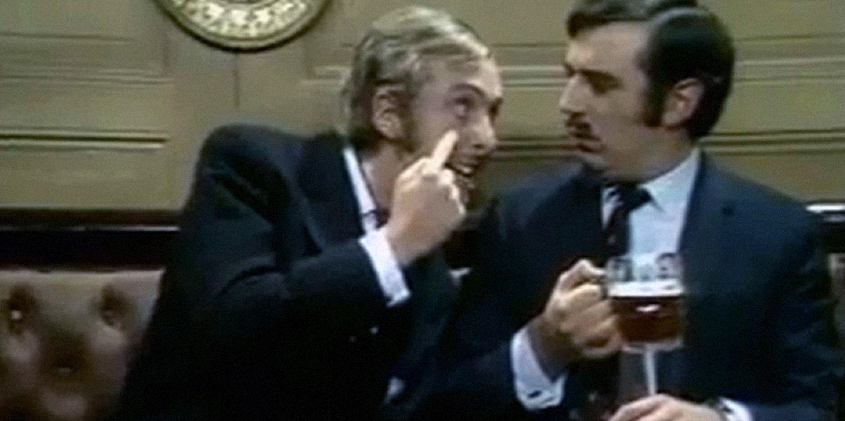
1706643758000
Nudge, nudge, wink, wink…A quick guide to applying behavioural science without the BS
Written by: Paul Cope, Managing Director at The Creative LabReading time: 6 minutes For most of this century, nudge theory – an arm of behavioural science that puts surroundings and suggestion at the heart of influencing decision-making – has been conspicuously applied to almost every area of life. From health care and road safety, to supermarket displays and the urinals at Schiphol Airport, you (literally) can’t miss it.
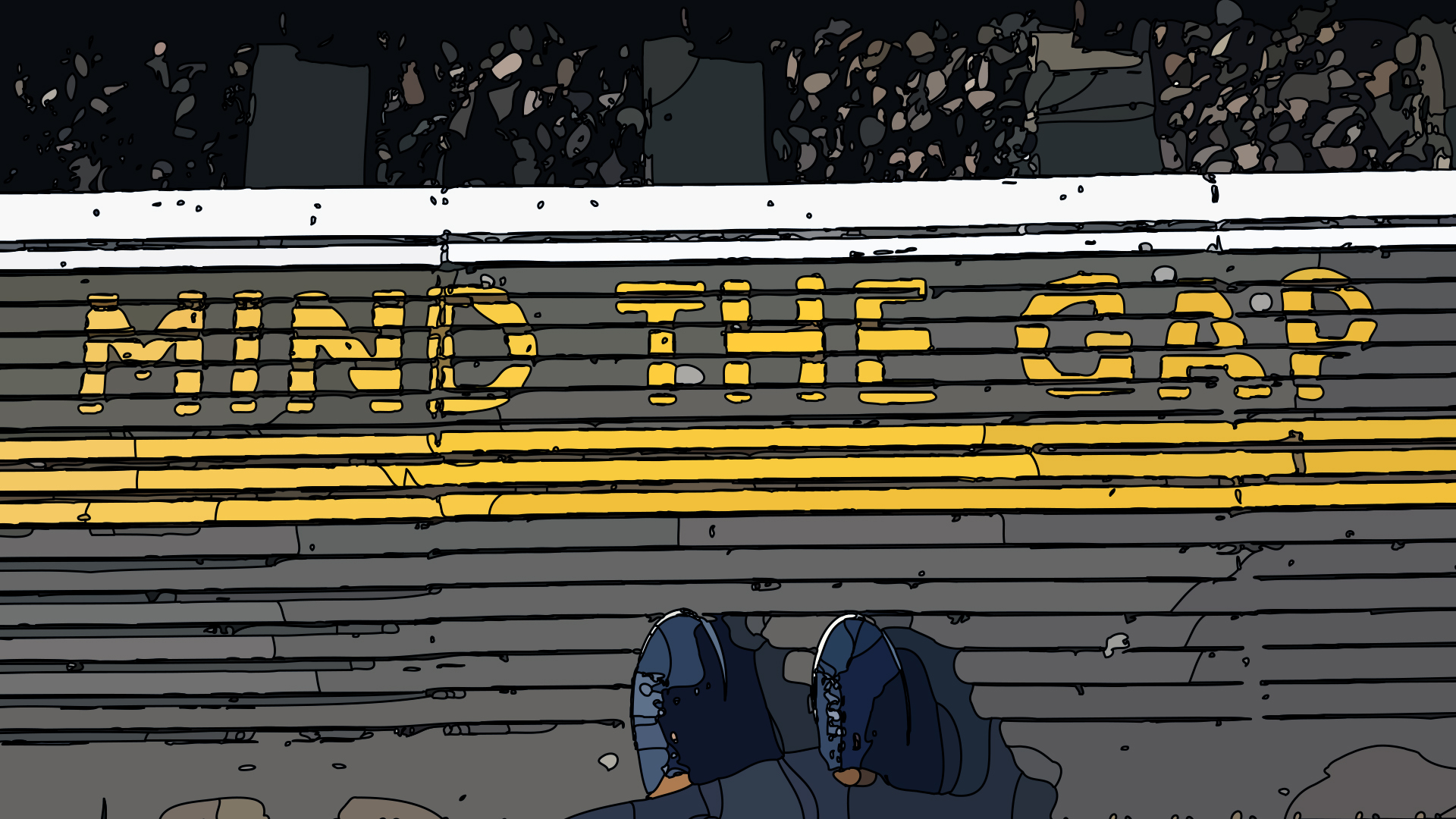
1698172190000
MIND THE GAP
Written by: Paul Cope MD at The Creative LabReading time: 5 minutes Bringing dynamic effectiveness measurement to brand building. As we seemingly canter towards a perfect storm of high prices, low demand and ever-greater scrutiny on marketing budgets, the same old conversations about the on-going importance of nurturing brands abound. Distinctiveness v differentiation, short term v long term, price v value, stick v twist… feels grimly familiar, doesn’t it? But don’t we already know the answers to these questions? History teaches us that brands are like houseplants: to keep them healthy they need constant monitoring, regular feeding, and an awareness of their environment – even (especially!) when the climate is less than ideal. I could happily sweat this analogy further, but you get the picture. At The Creative Lab we call it Brand Vitalisation, and it helps brands stay essential in an ‘always on’ world and their communications effectiveness optimised. You see it’s not news that consumer behaviour changes during an economic downturn. Marketing theory hasn’t evolved so much in the past six months that all of a sudden we know that when consumers are uncertain about spending, they’re more likely to choose brands that have won their trust. These are truisms. Even my mum knows – to paraphrase another analogy –there's not much point spending all your time moving deckchairs around if your ship is sinking, regardless of how choppy the sea might be. And yet still brand development budgets get cut. A catastrophic missed opportunity, no? Well yes, but all this, in truth, is only half the story. Marketers aren't dumb. In fact, many of them are very smart indeed and most know that riding out a downturn is ultimately the only game in town. And with less wriggle room to achieve this unenviable task, being able to rapidly account for the impact of each lever pulled and button pressed is paramount. Hence the inevitable pivot towards more tactical activation that is highly measurable, adaptable and can be switched on and off easily. Is it any wonder that more traditional ‘brand building’ tasks are taken off the table? It’s not even measurement per se that’s the issue. There are loads of metrics and methodologies to quantify brand effectiveness – the IPA do great work in this area. Given time and budget, there are plenty of helpful ways to monitor brand buzz, consumer loyalty, employee satisfaction and so on. No, this is about recognising that for brand building to be spoken about with the same sense of urgency and impact as tactical levers, its measurement approach needs to stack up during times of economic uncertainty. So, how do you get started? Before any of this can happen, two key strands of a organisation’s marketing ethos must first be in place: ‘Brand Forward Thinking’ and ‘Culture of Effectiveness’. Without a deep belief in the power of brands and recognising the importance of continuously monitoring KPIs and ROI, this approach is a bit of a non-starter. Companies who don’t have these two pillars in place tend to really struggle in downturns anyway, but that discussion is for another day. The next job – and here’s where it gets really interesting – is to find an appropriate, dynamic measurement methodology that the business can get behind. To hit the brief, it should meet three important criteria. It must be… 1) SimpleAs in a 'Janet & John’-level of straightforward, easy to complete with meaningful outputs that are quick to interpret accurately, and repeatable. If it can’t be done again and again with minimum fuss and maximum impact, it’s not going to stick. 2) RelevantBy which I mean able to keep track of data points attributable to the brand building you’re doing as well as demonstrating how it enhances your more tactical work. Importantly, it should be easily presentable over a couple of slides in both your monthly board meeting and weekly team catch-up, so everyone sees its value. 3) ScalableAbsolutely vital to its uptake will be how elegantly it can align with – and input into – your more long-term brand tracking methodologies. I’ve framed this as an opportunity borne out of tough times, but this should really be a permanent plug-in to your brand’s effectiveness efforts. The solution? Introducing the GAP ANALYSIS: The Creative Lab’s dynamic brand performance measurement tool. Our online Gap Analysis tool identifies the opportunities and barriers that exist in your brand to help unlock its greatest value. Here’s how it works… The tool consists of a simple 20-question survey (presented as statements) covering three key performance areas: Brand Foundations, Communications Outputs and Operational Processes. Each question is scored by the brand team based on their agreed metrics and supporting data (sales, awareness, sentiment, media performance etc.) Each score is attributed a weighting by the tool (informed by historical industry data) according to its likely impact on brand growth potential – some will lag, some will be more immediate. The immediate output includes a personalised infographic that provides a snapshot of your brand’s untapped potential at any point in time, plus a series of recommendations for how to address specific areas of weakness. By completing the Gap Analysis at regular intervals in a set period (e.g. every quarter for 12-18 months), the brand team are able to monitor how their brand building work is performing over time and get a clear picture of ROI. Overlaid with the results of the brand’s tactical, sales driving activation, a full picture emerges of the interaction between short and long term tools and metrics as well as how they can be optimised.
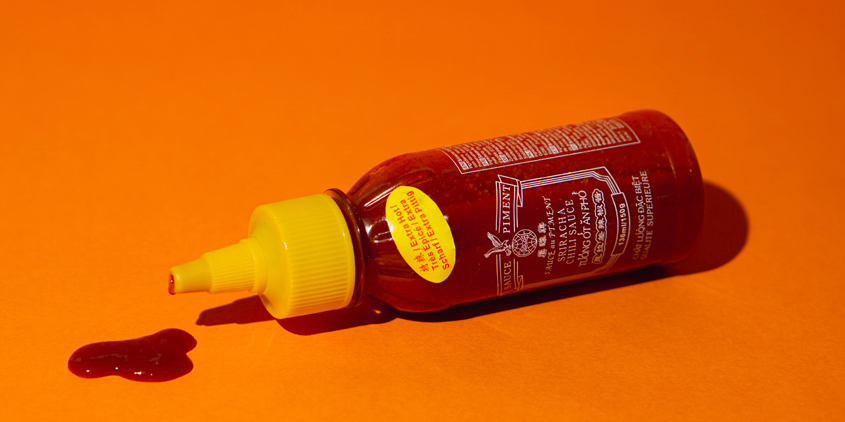
1684152000000
your start up's special sauce
Written by: Paul Cope MD at The Creative LabReading time: 5 minutes From a great idea to commercial success... don't forget the Brand An encouraging economic stat hit the news last month, almost hidden amongst the relentlessly grim headlines we seem to be getting used to: 202,130 new businesses were set up in the UK in the first 12 weeks of 2023, a year-on-year rise of 6.5% (source: Startups Magazine / Koozai / ONS). That's a new record, even with rising costs hitting bottom lines across the board. Sadly, despite this entrepreneurial optimism, 2022 was a bad year for UK business dissolutions. A staggering 876,521 were struck off the Companies House register – also a record – a rise of 8.6% on 2021.We clearly have the talent and enthusiasm. It's very difficult to start a viable business, don't let anyone tell you differently. But even when accounting for tricky trading conditions and the 'Lockdown Startup' phenomenon experiencing an inevitable pinch point, that dissolutions number is particularly shocking. Just what is going wrong? Now, I know what you're thinking... but don’t worry. I'm not going to claim that devising a distinctive, tightly researched and data-informed brand positioning is the silver bullet that would've kept those 876,521 businesses trading in 2022.Or will be the ultimate key to success for the 202,130 companies set up so far in 2023. Startups, in particular, fail and succeed for way more reasons than I'm going to attempt to list here. Often bad ones do OK and really good ones go under. Go figure. What I am going to posit, however, is that without a strong brand, establishing and growing a fledgling business is a whole lot harder... and yet it so often gets overlooked. The business community is actually pretty definitive on this: “You'd be amazed how many startups attempt to build business momentum without a brand. Or, just as bad, they slap together a brand in a few minutes thinking that it will be enough to support their business. Many novice entrepreneurs have a misconception that your company's 'brand' merely refers to simple identifiers, such as your company name or logo. However, your company's distinctive voice is just as important.”The Biggest Branding Errors Most Start-Ups Make (source: Entrepreneur.com, 2017) Take funding, for example…Investment in a startup is, more often than not, the input that super-charges its growth to the next level. Getting the right person or entity on board at the right time with a big bag of cash can be a game changer (just ask Levi Roots!)
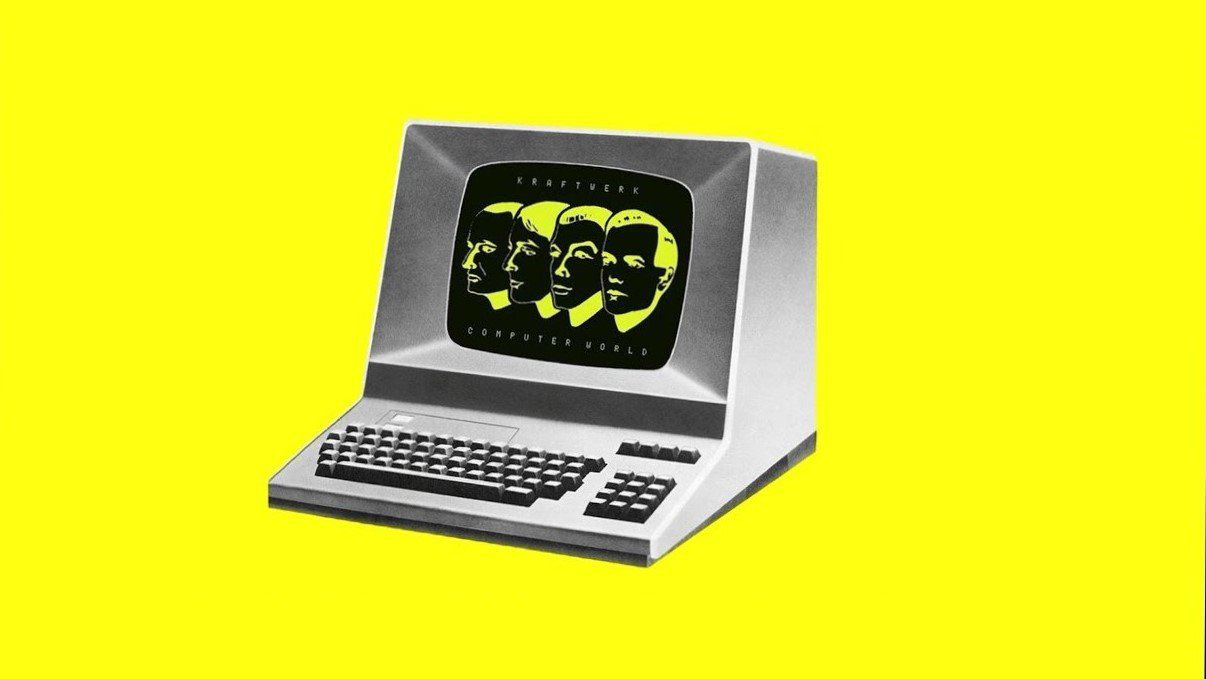
1670414935000
A computer love letter
Written by: Paul Cope MD at The Creative LabReading time: 2 minutes “Another lonely nightStare at the TV screenI don't know what to doI need a rendezvousComputer loveComputer love.” So sang Kraftwerk in 1981, a remarkably prescient take on how human interactions with technology would evolve over the next 40 years. And how. At The Creative Lab we like to bang on about the value of truly great collaboration, that remarkable moment when curated interaction delivers outcomes far greater than the sum of their parts. Tech has always played a key part in this; as a facilitator, a workspace, delivering experiences. Fundamentally, though, tech serves the collaboration, provides the connecting tissue or is an output of it. This year, however, a seismic input has been absorbed into the way we collaborate creatively: Midjourney. Essentially a sentient AI digi-poacher, it enables people to collaborate directly with the internet to create extraordinary visual outputs, at pace, from textual descriptions. Our ECD, Franco Reda, has been immersed in this brave new world for some time, creating unexpected and mind-bending images – from steampunk boots to movie characters as babies – and the results are astonishing. Check out our full gallery below. Questions abound regarding the humanity of the outputs and the basic morality of the process… is ‘art’ in its broadest sense a fundamentally human pursuit; how will this impact the livelihoods of illustrators and designers; is art direction ultimately the most important part of the creative process anyway? The pace this technology develops and what that will mean for more traditional creative approaches is still unclear at the moment. What is certain, however, is that the genie is out of the bottle and as communications experts delivering visual content at the speed of culture, we believe it represents a new collaboration model to be embraced. Who knows, we might even work with it to create our agency Christmas card this year (watch this space)! Paul Cope (Managing Director, The Creative Lab) #Marketing #Revitalisation #Collaboration #Creative #Brand #AI #Midjourney #ComputerLove
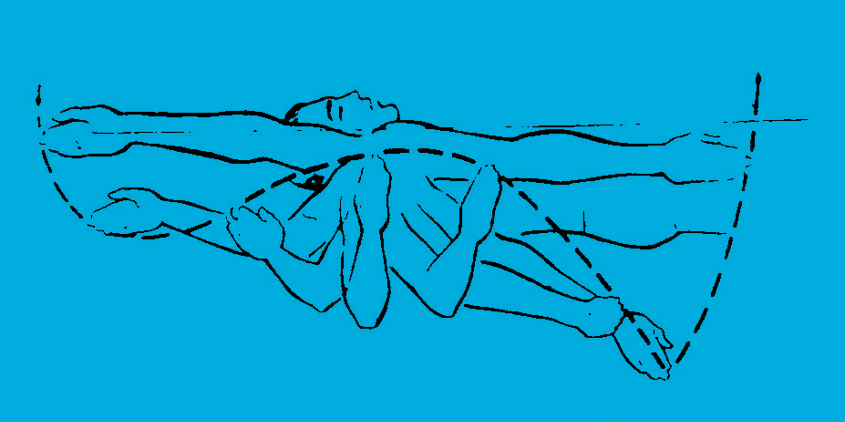
1667822400000
How's your backstroke?
Written by: Franco Reda ECD at The Creative LabReading time: 2 minutes For many, working life is different now. It just… is. WFH has seen to that.Most of us seem to have adapted pretty well to this brave new world of ‘blended working’. It’s something the marketing community has long tolerated (if not actively encouraged) and now it’s part of the furniture. Bravo! Long may it continue.However, there is one fly doing backstroke in the ointment: Collaboration. Status meetings and catch-ups are one thing, but genuine collaborative creativity – our lifeblood – needs way more than a five-way conference call. Participants need to be engaged, outputs need to be captured, and ideas need to be explored and finessed as a tight client/agency team. It almost always leads to better work.As a boutique creative agency, we found that the clients who recognise the value in what we do wanted to play a more active role in the creative process. So we created an elegant way of engaging them throughout the lifecycle of a project… we call it The Lab. It’s an intuitive, interactive workspace and campaign development HQ that enables us to brainstorm, feedback and co-create concepts remotely, as if we’re in the room together. We made a couple of short videos to explain what it is and how it works – you can watch themhere: http://thec-lab.co.uk/If you’d like to know how The Lab could help revitalise your brand communications challenges, or just get a steer on how your brand could embrace virtual collaboration in this challenging climate, please do get in touch. Franco Reda (Co-Founder & ECD, The Creative Lab)